Pruning/propogating New plants
Yan
7 years ago
Featured Answer
Sort by:Oldest
Comments (50)
Yan
7 years agoRelated Discussions
Prune canes on new plants now, or spring??
Comments (4)I would clean them all up. Dead canes, diseased leaves should go. You can use Elmers type glue, wood glue, fingernail polish, etc. I guess wax if you want, why not. Not they don't grow from the ends you cut. There are little bud eyes where the leaves come out. Just look at the beginning of where the leaf comes out of cane, you will understand. Actually there is a new video from Ashdown Roses I will add link. He is working on an established rose but I found that all the info is there for all types of rose plants. Yes, you could plant them. Don't put the mulch right up to the shank/trunk until you are getting ready for winter. By then you will know all about that :-) if you stay on with the rose forum. There is a steep learning curve but after the climb things start to make sense. Good luck! Allison PS Ashdowns videos on YouTube are veeeery helpful for us newbies. Here is a link that might be useful: Summer Rose Clean Up...See MoreHelp: Stevia with purple leaves on Propogated Plants
Comments (4)I grow stevia myself, and ive rooted cuttings in as little as 4 days, Ive had the purple leaves on cuttings as well as rooted plants, and ive noticed this is more common on the plants exposed to cold temps. I can upload a pic of a mother plant with purple leaves, and a cutting with bright green leaves. (only difference is the cutting was kept indoors mother plant was not) I dont know what else to attribute it to other than cold....See Morerooting/propogation for some edging plants...
Comments (3)If your rosemary is big enough, one of the easiest ways to propagate it is simple layering. Here is a link that might be useful: Plant Propagation by Layering...See Morecorn plant propogation
Comments (2)Yes cut off to leave 3-6 inches of the stem below the "head. allow to air dry (12 hours) apply 0.1% IBA (rooting hormone) stick in well drained soil. Keep soil moist not wet & out of direct sunlight & draft. By the way take the remainder of stem cut into 12 inch sections. Lay on side cover about 1/2 of stem with moist soil. After 3-6 months will see small new plants along stem..... these can be seporated, into individual plants....See MoreYan
7 years agoYan
7 years agorina_Ontario,Canada 5a
7 years agoYan
7 years agolast modified: 7 years agoAkerman Flooring, LLC (NH)zn5
7 years agorina_Ontario,Canada 5a
7 years agoAkerman Flooring, LLC (NH)zn5
7 years agoYan
7 years agoYan
7 years agoKara 9b SF Bay Area CA
7 years agolast modified: 7 years agoAkerman Flooring, LLC (NH)zn5
6 years agorina_Ontario,Canada 5a
6 years agoMaria Elena (Caribbean - USDA Zone 13a)
6 years agolast modified: 6 years agoYan thanked Maria Elena (Caribbean - USDA Zone 13a)Yan
6 years agoMaria Elena (Caribbean - USDA Zone 13a)
6 years agoMaria Elena (Caribbean - USDA Zone 13a)
6 years agolast modified: 6 years agorina_Ontario,Canada 5a
6 years agolast modified: 6 years agoMaria Elena (Caribbean - USDA Zone 13a)
6 years agolast modified: 6 years agorina_Ontario,Canada 5a
6 years agolast modified: 6 years agoMaria Elena (Caribbean - USDA Zone 13a)
6 years agolast modified: 6 years agoYan
6 years agolast modified: 6 years agoMaria Elena (Caribbean - USDA Zone 13a)
6 years agolast modified: 6 years agoYan thanked Maria Elena (Caribbean - USDA Zone 13a)Yan
6 years agolast modified: 6 years agoYan
6 years agoMaria Elena (Caribbean - USDA Zone 13a)
6 years agoYan thanked Maria Elena (Caribbean - USDA Zone 13a)Yan
6 years agoYan
6 years agoKara 9b SF Bay Area CA
6 years agoYan
6 years agorina_Ontario,Canada 5a
6 years agolast modified: 6 years agoYan
6 years agorina_Ontario,Canada 5a
6 years agolast modified: 6 years agoYan
6 years agoYan
6 years agoKara 9b SF Bay Area CA
6 years agolast modified: 6 years agoYan
6 years agoYan
6 years agolast modified: 6 years agoYan
6 years agolast modified: 6 years agorina_Ontario,Canada 5a
6 years agolast modified: 6 years ago
Related Stories

GARDENING GUIDESGot Frost-Damaged Plants? How It Happens, and When and How to Prune
Crispy brown leaves are a sure sign that Jack Frost has been to your neighborhood
Full Story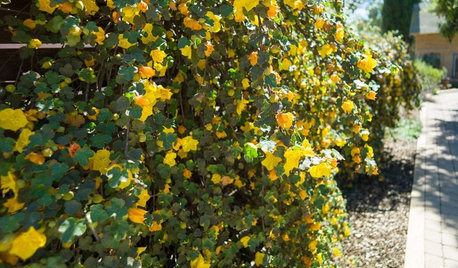
GARDENING GUIDESTidy Up Sprawling Native Shrubs With These Pruning Tips
Sound horticultural pruning methods work for native and nonnative plants alike
Full Story
GARDENING GUIDESHow to Prune Your Flowering Shrubs for the Best Blooms
Less is often more when it comes to properly pruning flowering shrubs. Here’s what to do and why
Full Story
WINTER GARDENINGPruning Secrets for Exquisite Roses
Encourage gorgeous blooms year after year with this time-tested advice on how to prune your rosebush in winter for health and shape
Full Story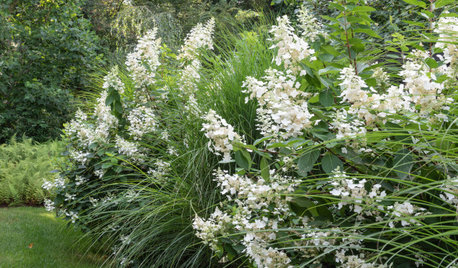
GARDENING GUIDESWhen Is the Right Time to Prune Your Hydrangeas?
The type of hydrangea you have determines when it’s time to trim
Full Story
TREESGreat Design Plant: Southern Live Oak Offers an Unbeatable Canopy
Keep it dense or prune it for more light. No matter how you grow Quercus virginiana, it’s a majestic addition to its native landscape
Full Story
NATIVE PLANTSGreat Design Plant: Wild Bergamot, Friend of Foragers
Nourish butterflies and other winged creatures with the tubular flowers of Monarda fistulosa, a pretty pink native
Full Story
GROUND COVERSNative Alternatives to English Ivy, Japanese Pachysandra and Periwinkle
These shade-loving ground covers are good for the environment and say something about where you are
Full Story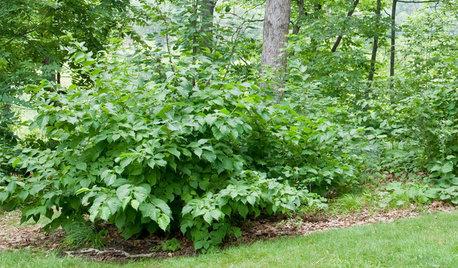
GARDENING GUIDESGreat Design Plant: Corylus Americana Awakens the Woodland Garden
Plant American hazelnut for three seasons of interest and to feed our furry and feathered friends
Full Story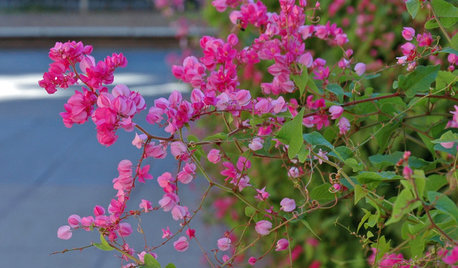
GARDENING GUIDESSouthwest Gardener's March Checklist
Dust off your gardening tools and get busy pruning to help your trees and plants reach their full potential
Full Story


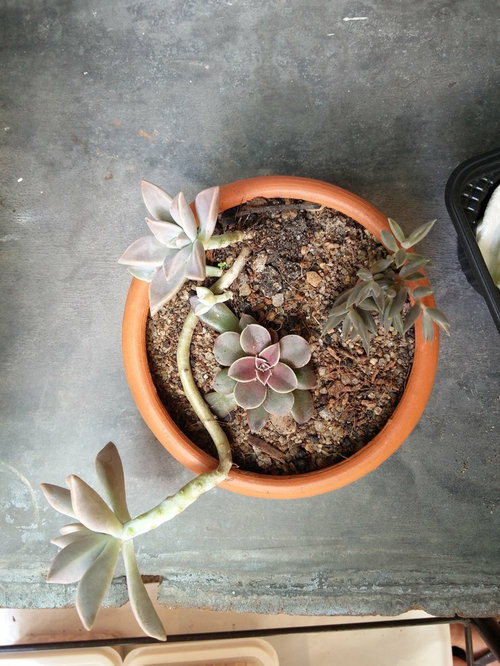
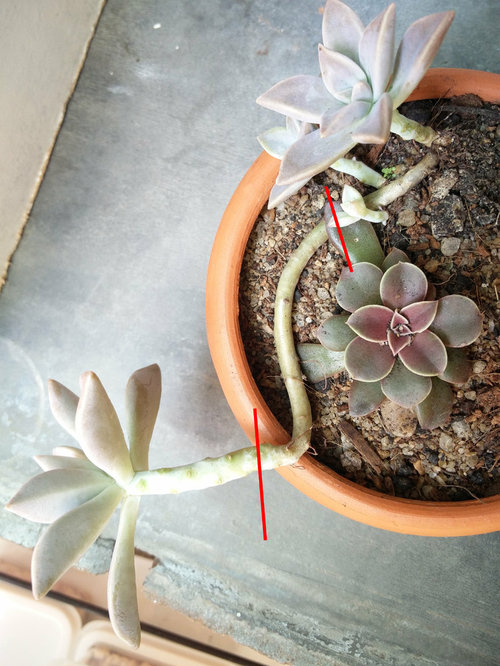





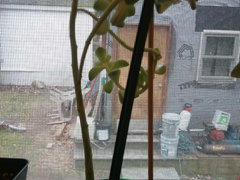




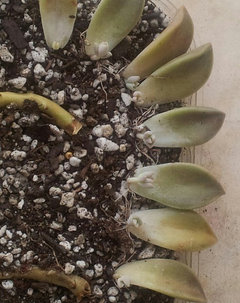
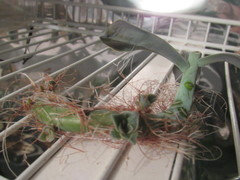




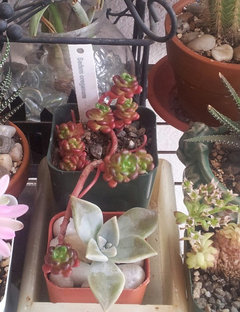











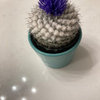
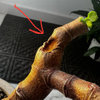
rina_Ontario,Canada 5a